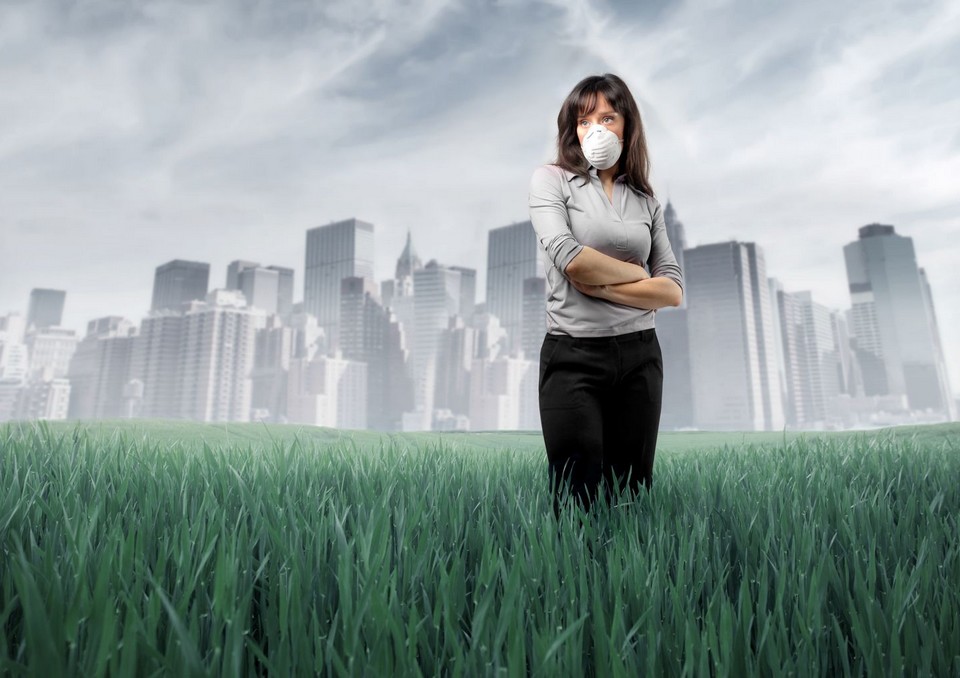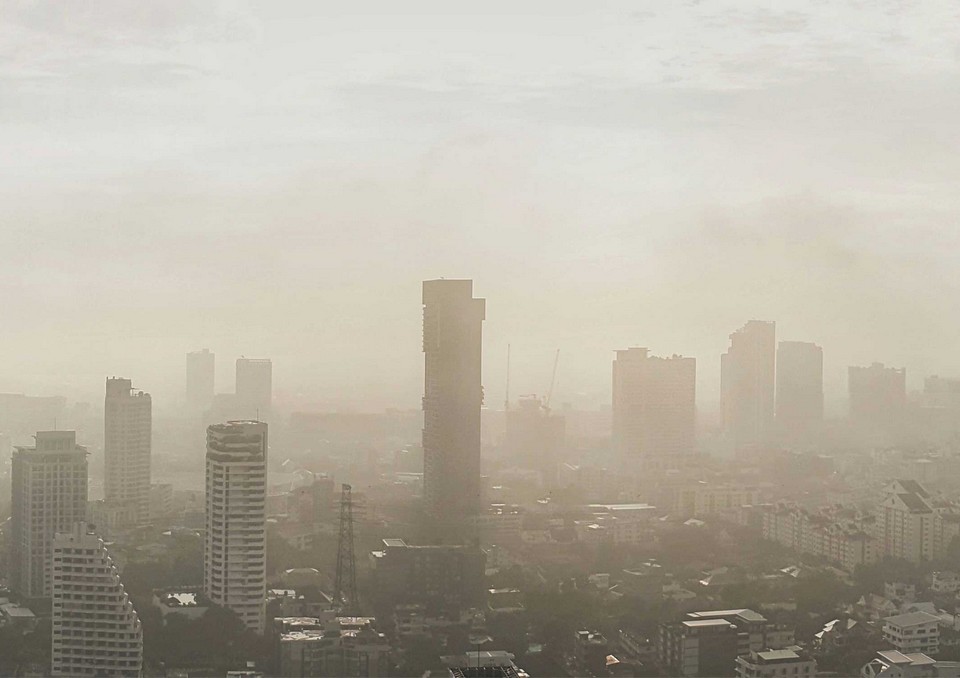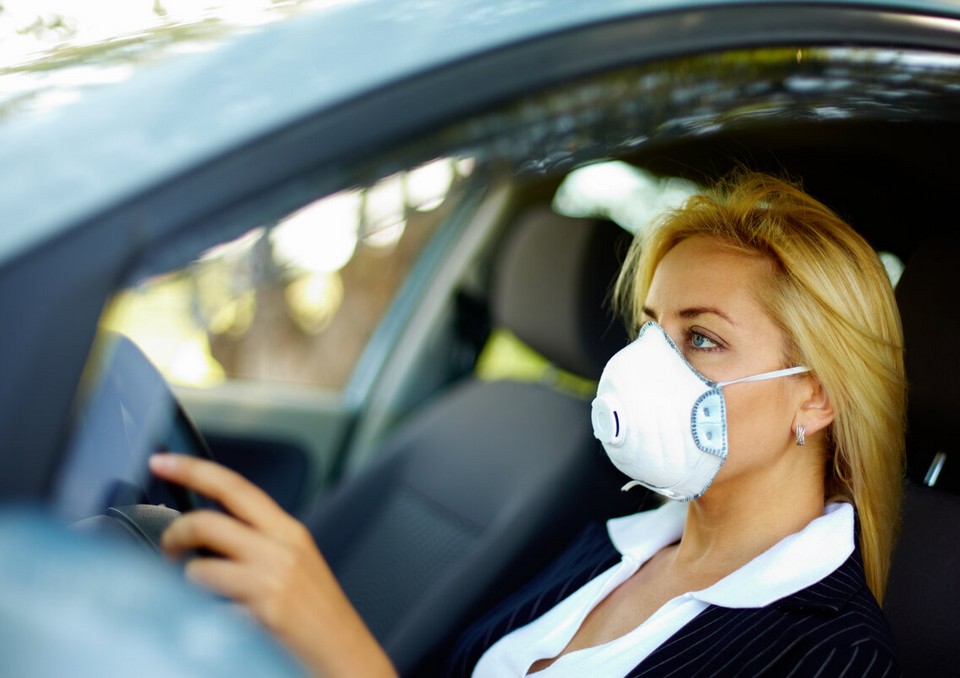Atmospheric air is one of the basic vital elements of our environment. A person inhales about 12-15 m3 of oxygen per day, and emits about 580 liters of carbon dioxide.

The risk group for these pathologies is children, whose primary incidence is, on average, 5 times higher than the incidence of the adult population. Children living in cities suffer from respiratory diseases on average 1.7 times more often than children living in rural areas. In children living near powerful power plants that are not equipped with dust collectors, changes in the lungs are found, similar to forms of silicosis.
The harmful substances contained in the atmosphere affect the human body in contact with the surface of the skin or mucous membranes. This happens when a perspiring person (with open pores) in the summer walks along a gassed and dusty street. If, upon reaching home, he does not immediately take a warm (not hot!) Shower, harmful substances have a chance to penetrate deep into his body.
Along with the respiratory system, pollutants affect the organs of sight and smell, and by acting on the lining of the larynx, they can cause spasms of the vocal cords. Inhaled solid and liquid particles with a size of 0.6-1.0 microns reach the alveoli and are absorbed in the blood, some accumulate in the lymph nodes.

Polluted air irritates most of the respiratory tract, causing bronchitis, emphysema, asthma. The irritants that cause these diseases include sulfur and nitrogen vapors, suspended particles.
Signs and consequences of the action of air pollutants on the human body are manifested mostly in a deterioration in the general state of health: headaches, nausea, a feeling of weakness appear, and the ability to work is reduced or lost.
It can be concluded that the greatest amount of pollutants enters the human body through the lungs. Indeed, most researchers confirm that every day from 15 kg of inhaled air, more harmful substances penetrate into the human body than with water, with food, from dirty hands, through the skin. At the same time, the inhalation route of entry of pollutants into the body is also the most dangerous. Due to the fact that:

The main causes of death caused by atmospheric air pollution are cancer, congenital pathologies, and disruption of the immune system of the human body.
Inhaling air containing combustion products (thin diesel exhaust), even for short periods of time, for example, increases the risk of coronary heart disease.
Exhaust from road transport, as well as emissions from coal-burning enterprises, saturate the air with tiny particles of pollution that can cause an increase in blood clotting and the formation of blood clots in the human circulatory system. Contaminated air also increases pressure. This is because air pollution causes changes in the part of the nervous system that controls blood pressure. Air pollution in large cities accounts for about five percent of hospitalizations.
A very dangerous symptom for humanity is that air pollution increases the likelihood of having children with developmental disabilities. The prohibitive concentration of harmful substances in the atmosphere causes premature birth, newborns are low in weight, and sometimes dead babies are born. If a pregnant woman breathes air containing increased concentrations of ozone and carbon monoxide, especially in the second month of pregnancy, she has three times the ability to give birth to a child with such a developmental defect as a cleft lip, cleft palate, or cardiac defects.
The future of humanity depends on clean air, water, forests. Only the right attitude to nature will allow future generations to be healthy and happy.